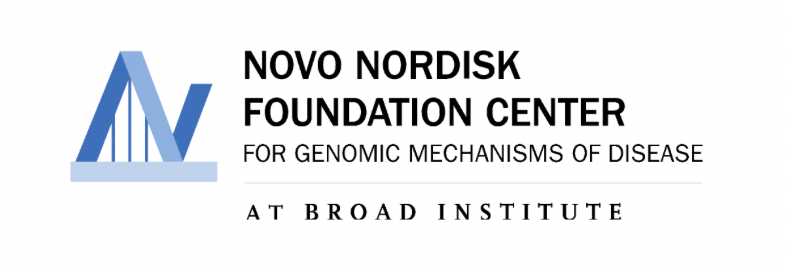OBJECTIVE: The objective of this study is to evaluate obesity-related genetic factors in relation to excess consumption and assess if food cues modify associations.
METHODS: Children (9-12 years) completed a randomized crossover experiment. During two visits, children ate a preload and then snacks ad libitum while watching television, embedded with food or non-food advertisements to assess eating in the absence of hunger (EAH). Primary exposures were obesity-associated genotypes, FTO rs9939609 and MC4R rs571312, and a paediatric-specific polygenic risk score (PRS). Outcomes included consumption of all snacks (total EAH) and gummy candy only (gummy candy EAH). Linear mixed-effects models tested whether genetic exposures related to EAH outcomes. We tested for effect modification by food cues using multiplicative interaction terms.
RESULTS: Among 177 children, each FTO risk allele was associated with a 30% increase in gummy candy EAH (p = 0.025) in adjusted models. Food cue exposure exacerbated associations between the FTO variant with gummy candy EAH (p = 0.046). No statistically significant associations were found between MC4R and EAH.
CONCLUSION: The results suggest children with the FTO rs9939609 risk allele may be predisposed to excess consumption of candy and that this association may be exacerbated by food cues.
